Reasons For No Cones On Hops: How To Get Cones On Hops Plants
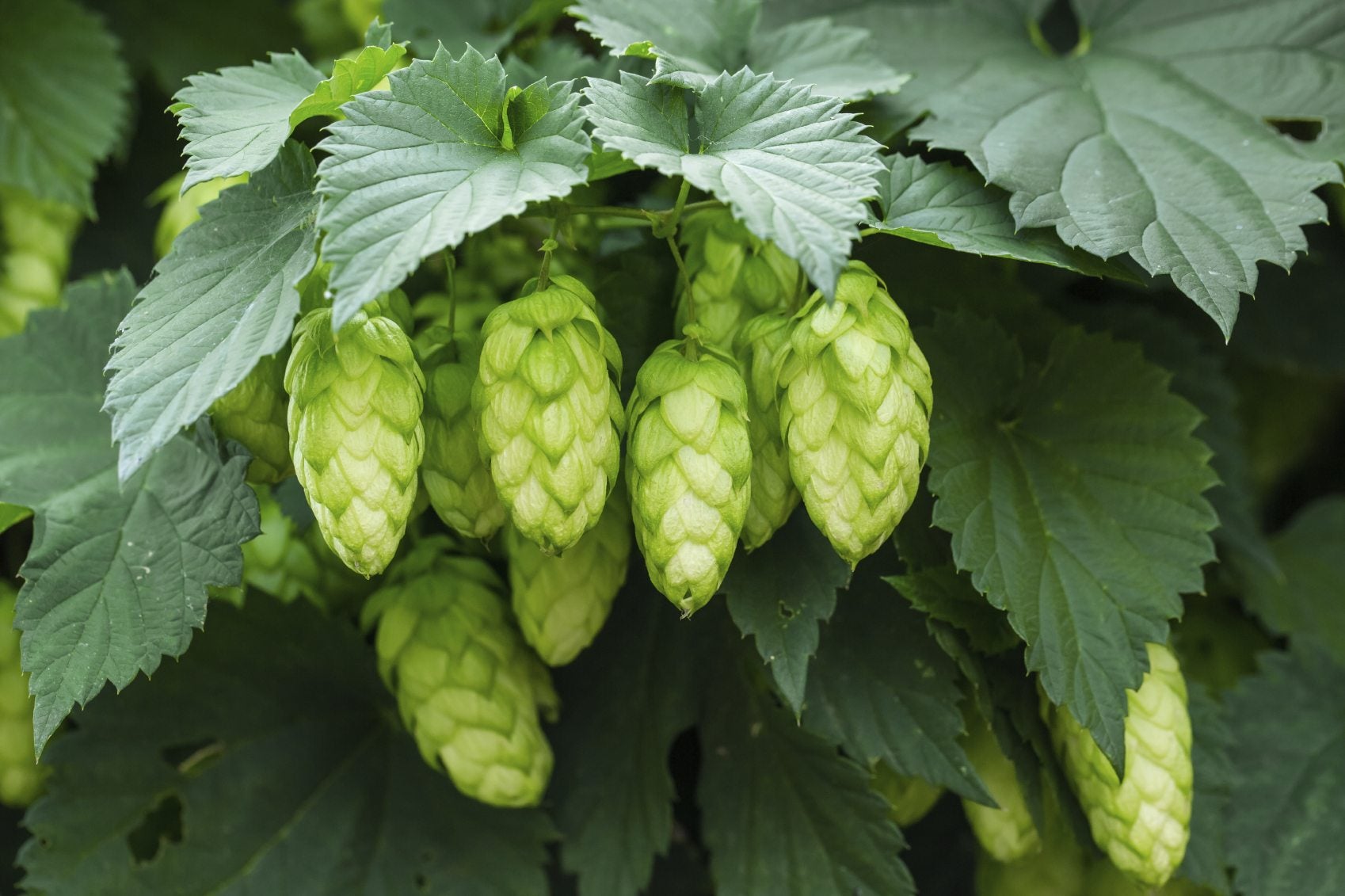

Hops are the key flavoring ingredient in most beers. Hops grow on tall vines, called bines, and produce female flowers known as cones. Hops with no cones may be due to the time of the year, cultivation practices, or the age of the vines. Professional growers know how to get cones on hops plants, and you can too with a little advice and some tips from the trade.
Hops With No Cones
Hop bines need a minimum of 120 frost-free days to produce flowers. The female flowers are the cones, or burrs, the source of the aromatic flavor characteristic of good beers. The time of planting can be a driving force for when, or if, you get cones in your zone. Most growers recommend planting in May, but in warmer climates, you could plant a bit earlier as long as there are no freezes expected. If you planted early enough and notice hops not producing cones, you may have a cultural issue, or the vines just aren't old enough. Hops rhizomes that are only a year old will rarely flower, and, if they do, you can expect just a few. This is because the first year is for forming a good root structure. Hops grow from rhizomes that are planted in mid to late spring. They will grow 15 feet (5 m.) tall or more when fully established but even with regular watering and fertilizer, expect no cones on hops the first year and bines that get much smaller. Cones form at the end of the season, generally in August, although growers in some regions report cones not forming until September or October. So, if you have hops with no cones, keep waiting and feed the bines to promote flowering. Older plants may fail to produce flowers if they haven't been divided. Divide rhizomes every five years for consistently producing bines.
How to Get Cones on Hops Plants
The first thing to do is to check the site and soil location for your hops. Hops need well-drained soil with a pH of 6.5 to 8.0. There also needs to be plenty of sunlight and enough vertical area for the tall stems to grow. Rhizomes need to be planted the correct way too. Plant rhizomes vertically with the growth nodes facing up under 2 inches (5 cm.) of soil. Water the new plants frequently, but fairly shallow, as the root systems are not yet deeply established. The following year they can withstand less frequent but deeper irrigation. Apply water to the soil, not the plants, to prevent such diseases as downy mildew. Erect a trellis or line support when bines are a foot (31 cm.) long and begin to train them for vertical growth. Check vines frequently and trim them to just two or three healthy shoots per rhizome. Expect no cones on hops in the first several months in the ground. Hops not producing cones may be from a lack of nutrients for development. Hops are heavy feeders in the first few months after planting and annually. Feed them with well-composted manure spread around the root zone at planting time and every year in early spring. Spread more manure once per month until late July and then suspend feeding. Use an organic mulch to conserve moisture and fend off weeds. It will also gradually rot into the soil and increase percolation and nutrient levels. Strip off the lower leaves as the bines grow to prevent moisture from affecting the stems. Use these discarded leaves as further compost and nutrition around the root zone. The soil will improve, and your plant's flower yield will skyrocket.
Gardening tips, videos, info and more delivered right to your inbox!
Sign up for the Gardening Know How newsletter today and receive a free copy of our e-book "How to Grow Delicious Tomatoes".

Bonnie Grant is a professional landscaper with a Certification in Urban Gardening. She has been gardening and writing for 15 years. A former professional chef, she has a passion for edible landscaping.
-
 Looking For Plants To Give You The Soft And Fuzzies? Try These 5 Fuzzy Leaf Plant Options
Looking For Plants To Give You The Soft And Fuzzies? Try These 5 Fuzzy Leaf Plant OptionsLovers of texture, drama, silver foliage and tactile plants will adore these special sensory garden additions. These fuzzy leaf plant options will leave you all aglow
By Susan Albert
-
 Get Ready For A Summer Of Hummers! Grow These Full Sun Hummingbird Plants and Flowers
Get Ready For A Summer Of Hummers! Grow These Full Sun Hummingbird Plants and FlowersIf you’re lucky enough to enjoy a sunny backyard, make sure you are maxing out on your pollinator opportunities and grow these full sun hummingbird plants and flowers
By Tonya Barnett
-
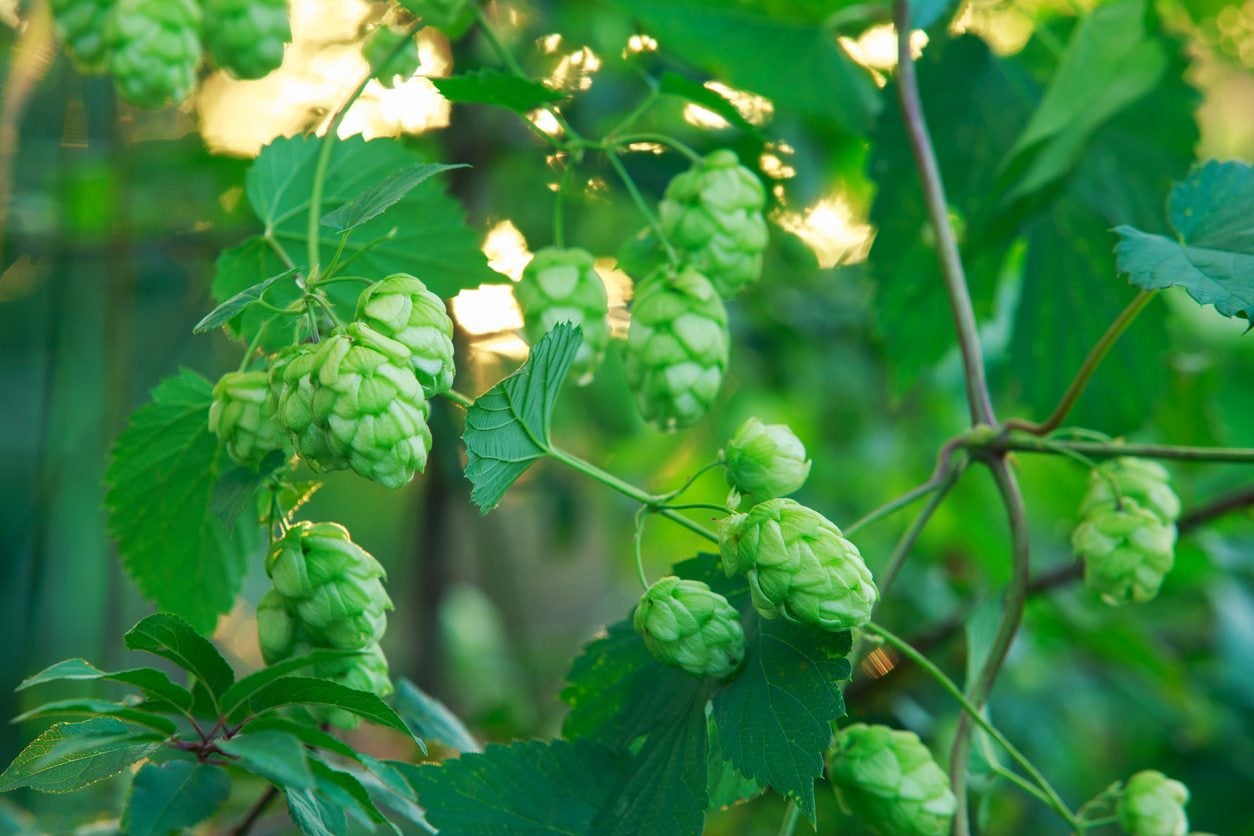 Hops Plant Pruning: When And How To Prune A Hops Plant
Hops Plant Pruning: When And How To Prune A Hops PlantIf you're a home brewer, there's nothing more satisfying than growing your own hops. But hops are long, fast growing vines that require some strategic pruning to get the most out of them. Learn more about how to prune a hops plant in this article.
By Liz Baessler
-
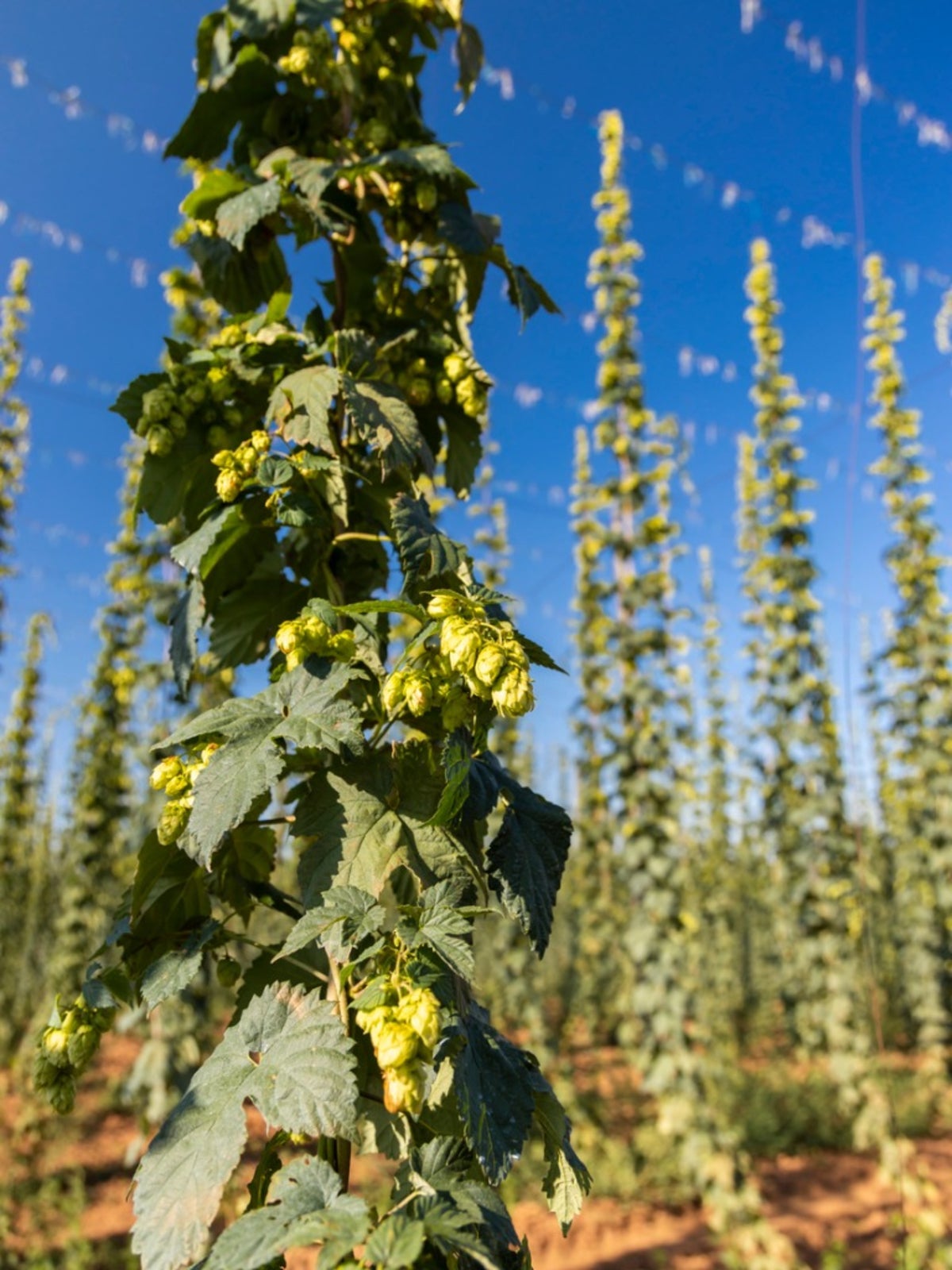 Hops Companion Plants: Learn What To Plant With Hops In Gardens
Hops Companion Plants: Learn What To Plant With Hops In GardensCompanion planting with hops can enhance crop growth and provide a decoy for pesky critters. That said, hop vines are aggressive growers so companion plants need to be considered carefully. This article can help with that.
By Bonnie L. Grant
-
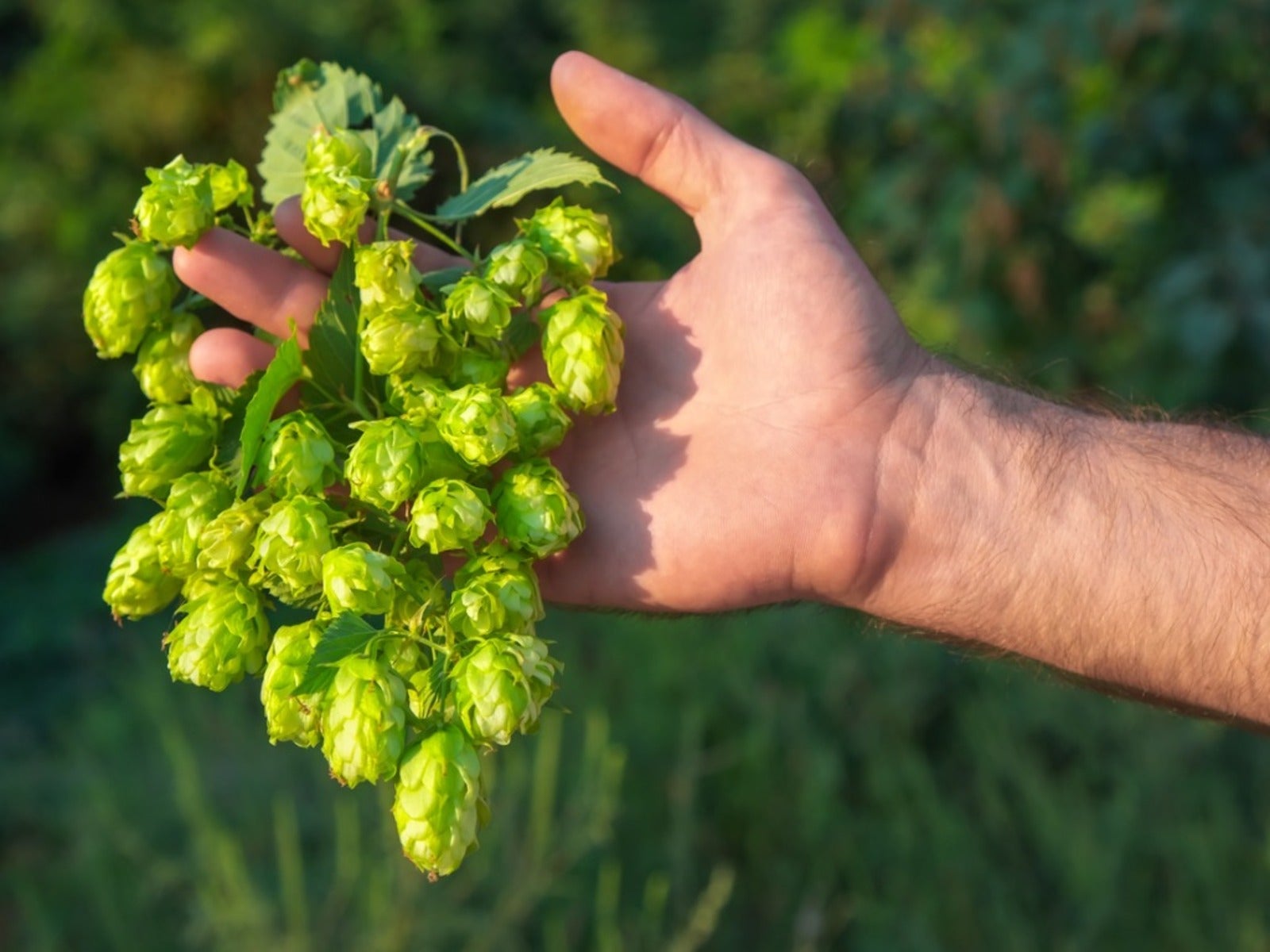 Harvesting Hops Plants: When Is Hops Harvest Season
Harvesting Hops Plants: When Is Hops Harvest SeasonAre you a home brewer? If you have some extra space in your garden, consider growing your own hops to make your beer even more personal.
By Liz Baessler
-
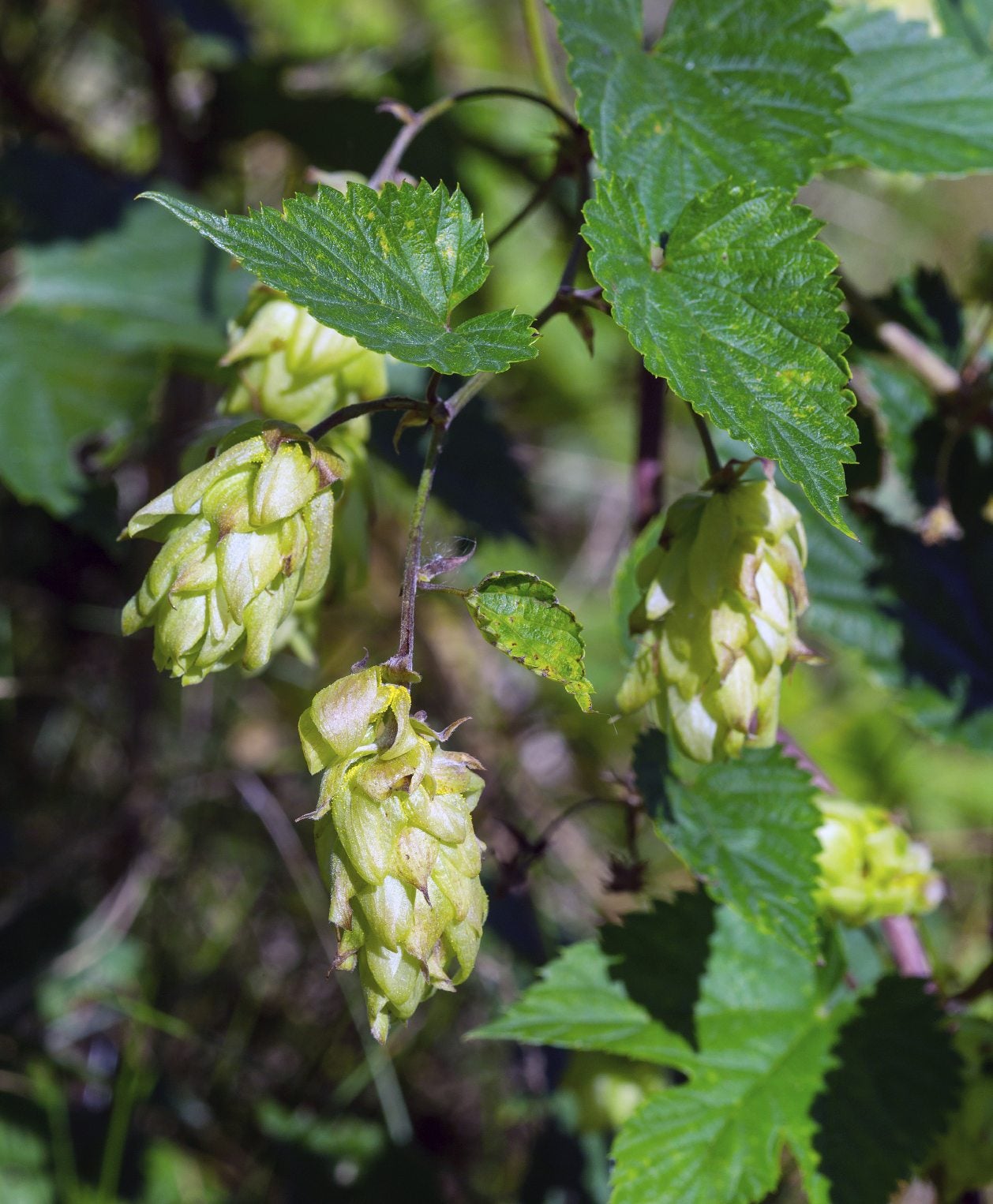 Hops Plant Fertilizer: How And When To Feed Hops Plants
Hops Plant Fertilizer: How And When To Feed Hops PlantsHops can grow up to a whopping 30 feet (9 m.) in a year! To attain this amazing size, it isn't any wonder that they like to be fed every so often. What are hops fertilizer requirements? The following article contains a sort of hops fertilizer guide to help.
By Amy Grant
-
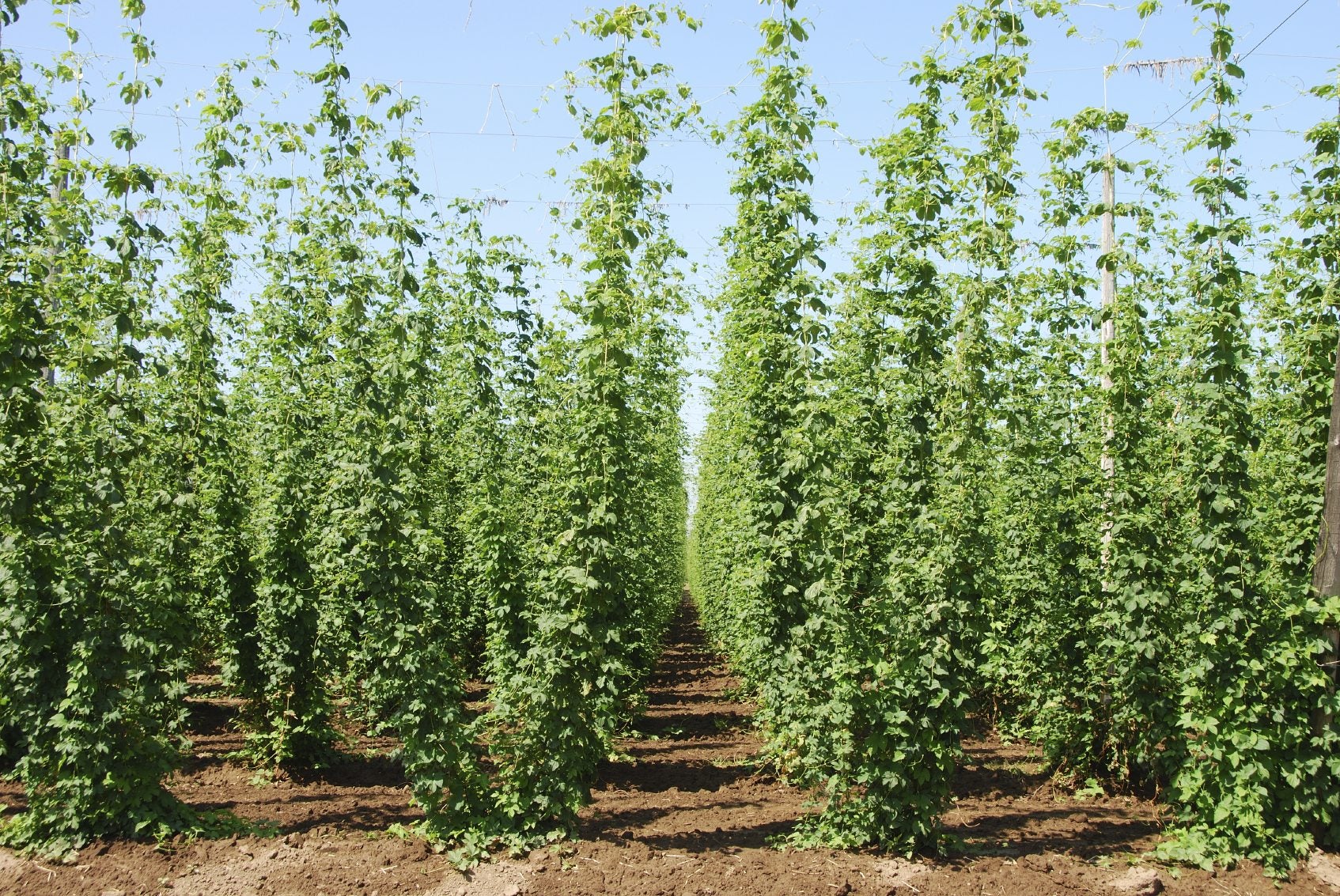 Hops Spacing Requirements – Tips On Plant Spacing For Hops
Hops Spacing Requirements – Tips On Plant Spacing For HopsMost people know that hops are used to make beer, but did you know that the hop plant is a fast-climbing vine? If you decide to grow hops, give a thought to hops plant spacing. This article has more information on spacing requirements for hops.
By Teo Spengler
-
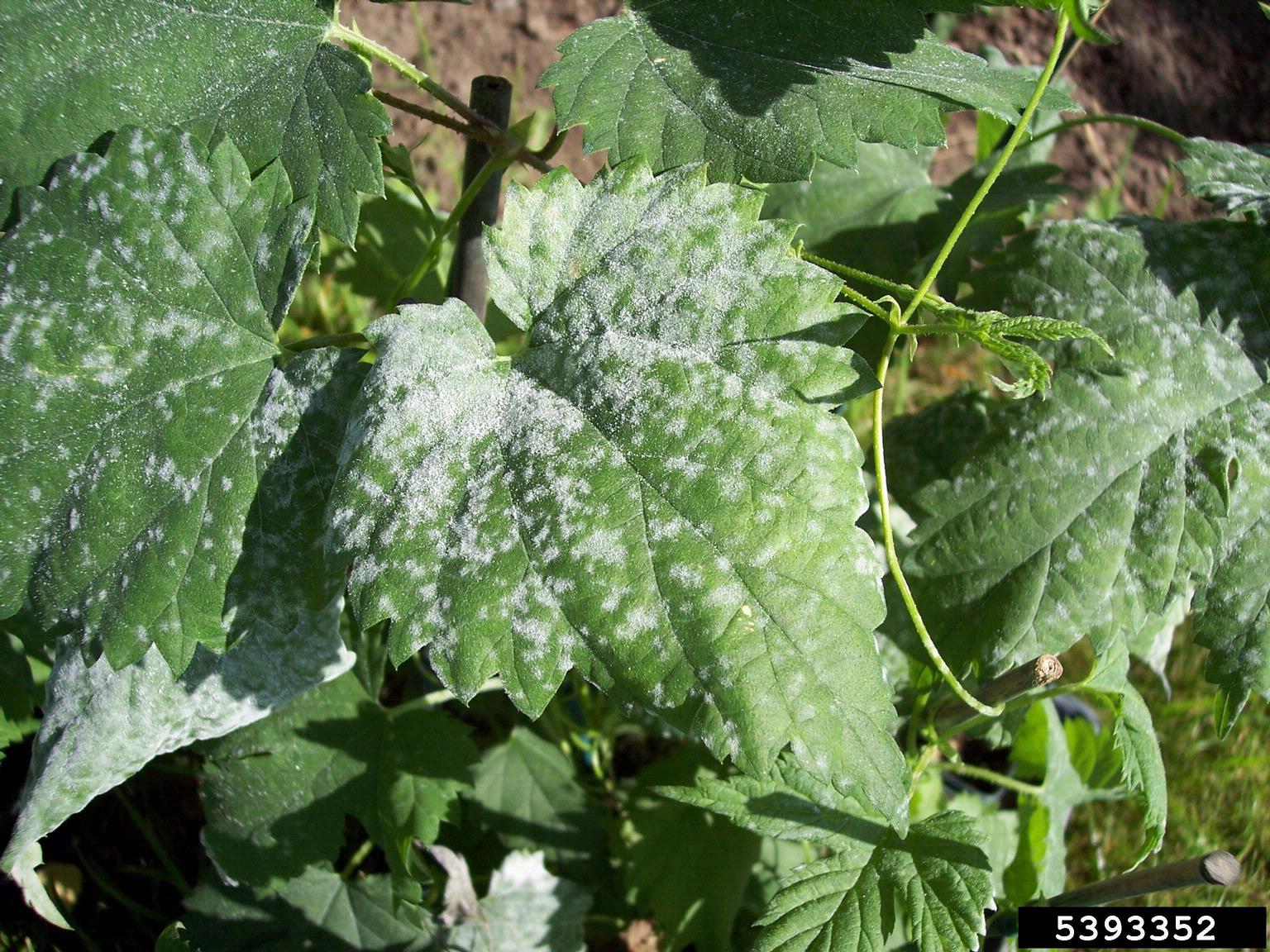 Hops Plant Diseases: Treating Diseases Affecting Hops Plants In Gardens
Hops Plant Diseases: Treating Diseases Affecting Hops Plants In GardensAs prolific as hops can be, the plant may still be afflicted with hops plant diseases. For a fruitful crop, it's important to learn about diseases affecting hops in order to treat hops plant problems ASAP. This article should help with that.
By Amy Grant
-
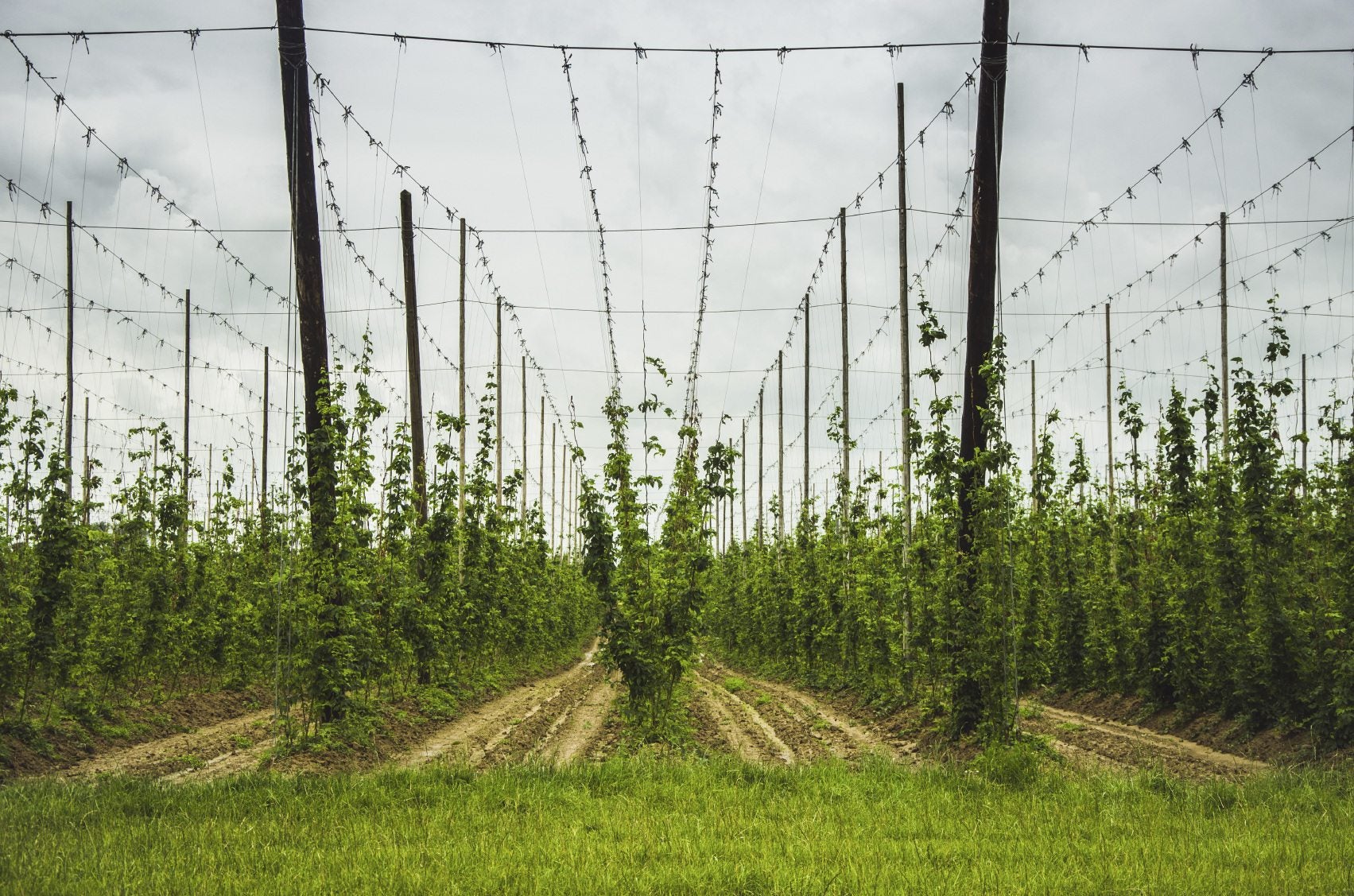 Support For Hops Vines: Learn About Hops Plant Support
Support For Hops Vines: Learn About Hops Plant SupportHops can grow up to 12 inches (30.5 cm.) a day. These rampant climbers need a sturdy trellis of appropriate height to accommodate their size. The following article contains information on the best support for hops plants and building a trellis for hops.
By Amy Grant
-
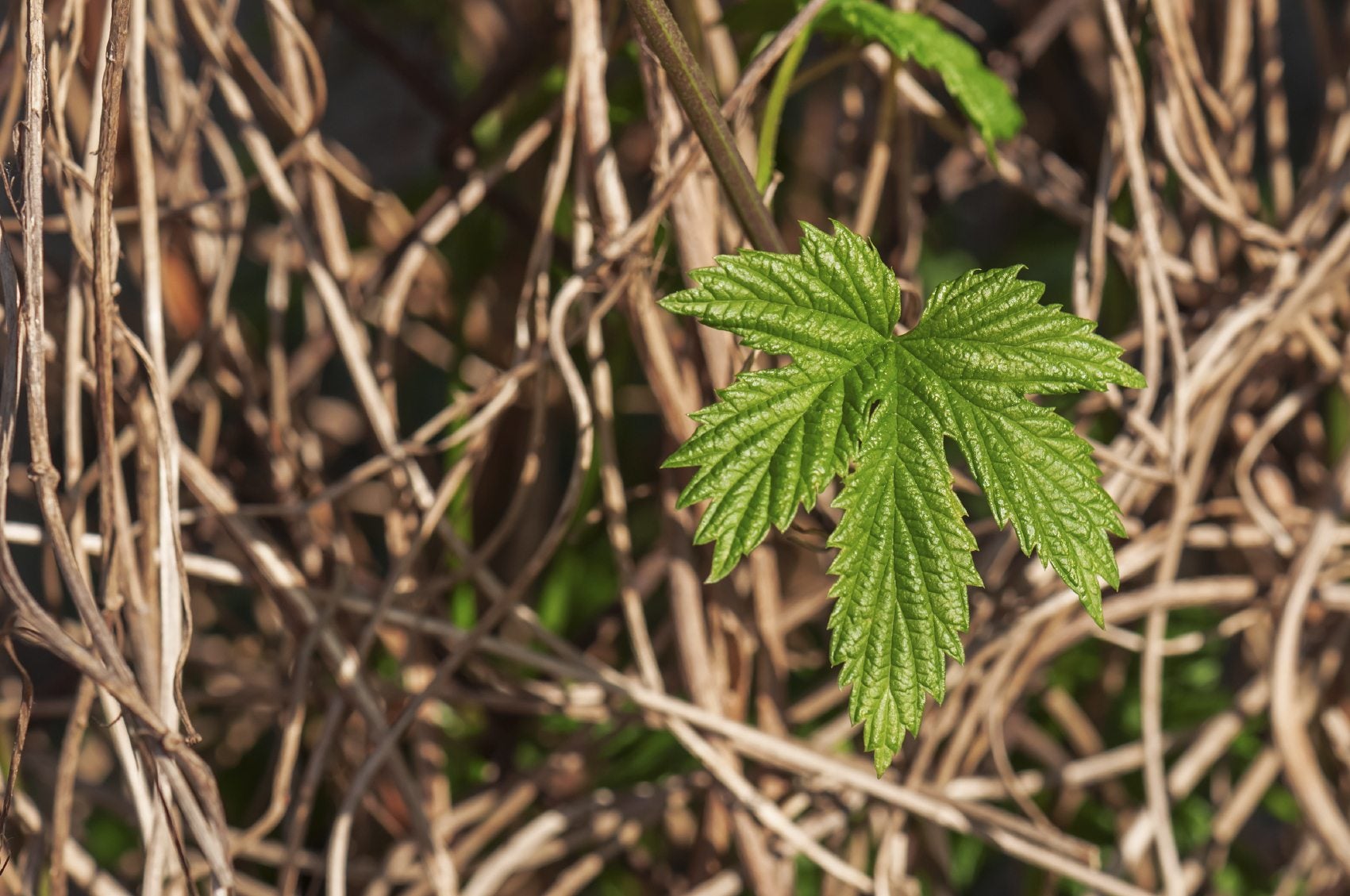 Propagating Hops Plants: Planting Hops From Clippings And Rhizomes
Propagating Hops Plants: Planting Hops From Clippings And RhizomesHops plant propagation is primarily from root cuttings. Planting hops from clippings will result in identical clones to the parent hop plant. Here are some surefire tips on how to propagate hops plant for beautiful vines and copious cones.
By Bonnie L. Grant